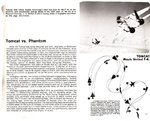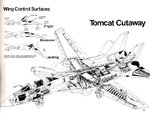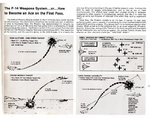drgondog
Major
Ofcourse, the wing merely sweeps back and forth, it doesn't alter shape
It changes shape and AR, it doesn't change area... the one advantage of the swing wing is to improve the AR and L/D in low speed and enable the safe carrier landing and take off. The disadvantage is weight and complexity.



